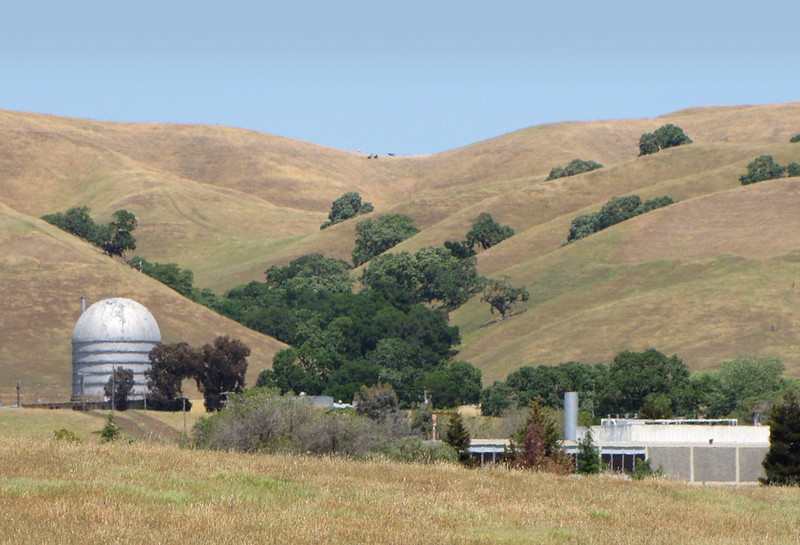NRC staff deliver draft LLW rule to commissioners
The staff of the Nuclear Regulatory Commission have sent a proposed rule covering the disposal of low-level radioactive waste to the agency’s commissioners for approval. The proposed rule would amend NRC regulations to require new and revised site-specific technical analyses and permit the development of site-specific criteria for LLW disposal. It would also authorize the near-surface disposal of certain greater-than-Class-C (GTCC) waste streams and provide for the licensing of those waste streams by NRC Agreement States.
If approved by the NRC commissioners, the proposed LLW rule will be published in the Federal Register for a 90-day public comment period.
“The proposed changes are consistent with domestic and international practices,” said Duane White, NRC LLW branch chief, during a June 4 session of the Radwaste Summit meeting in Louisville, Ky. White noted that the new rule would cover waste streams with significant quantities of long-lived radionuclides, which are more challenging for near-surface disposal. “Technical requirements must align with the characteristics of the waste,” he said.
Background: As early as 2008, the NRC began an effort to revise its LLW rules in 10 CFR Part 61, which were first promulgated in 1982 and did not take into account growing inventories of depleted uranium that needed to be disposed of.
In March 2015, the NRC published a proposed Part 61 rule for public comment, and a draft final rule was submitted for commission approval in September 2016. A year later, however, the commission directed the staff to make “certain substantive revisions” to the draft rule and publish it as a supplemental proposed rule for a 90-day public comment period.
In response, the NRC staff released SECY-20-0098, Path Forward and Recommendations for Certain Low-Level Radioactive Waste Disposal Rulemakings, on October 21, 2020, in which it proposed an integrated rulemaking that would combine the Part 61 efforts along with concurrent rulemaking efforts on the disposal of GTCC and transuranic wastes. In April 2022, the commissioners approved the NRC’s staff integrated rulemaking recommendation and directed the staff to reexamine the technical basis for the performance objectives in Part 61 and ensure that the compliance period following the closure of a disposal facility is based on scientific data.
Major provisions: The draft LLW rule, which was posted to the NRC’s web-based ADAMS document database on June 12, contains the following major provisions:
- Assessment for the protection of inadvertent intruders.
- Specification of a 1,000-year compliance period for sites that do not contain significant quantities of long-lived radionuclides or a 10,000-year compliance period for sites that are planning to accept significant quantities of long-lived radionuclides.
- Performance period analyses for the postclosure time period after 10,000 years if significant quantities of long-lived radionuclides are disposed.
- Development of a safety case, which would provide a summary of the safety basis that the disposal site will be capable of isolating waste and limiting releases to the environment; would describe the strength and reliability of the technical analyses described in Part 61.13; and would include consideration of defense-in-depth protections and safety-relevant aspects of the site, facility design, and managerial, engineering, regulatory, and institutional controls.
- Revisions to technical analyses necessary to support site closure.
- Development of site-specific waste acceptance criteria (WAC) that specify the allowable activities and concentrations for each specific radionuclide based on the results of the technical analyses, or the use of generic WAC based on the existing LLW classification requirements.
- Clarification of the applicable physical protection requirements for LLW containing special nuclear material (SNM) of low strategic significance or a Category III quantity of SNM.
- Technical analyses for GTCC waste including operational safety assessments and analyses for demonstration of additional waste characteristic requirements.
- An option for existing licensees that do not plan to accept GTCC waste or significant quantities of long-lived radionuclides that would allow them to meet certain existing requirements in Part 61 instead of several of the proposed revised requirements.
- Specification of an annual dose limit of 0.25 mSv (25 mrem) for any member of the public within the compliance period.
- Specification of an annual dose not to exceed 5 mSv (500 mrem) to an inadvertent intruder within the compliance period and that exposures to an inadvertent intruder are reduced to the extent reasonably achievable during the performance period.
- Specification that GTCC waste streams containing concentrations greater than 10,000 nanocuries per gram of alpha-emitting transuranic radionuclides with half-lives greater than 5 years are generally not acceptable for near-surface disposal.
- Requirements for avoiding accidental criticality during storage of SNM prior to disposal and waste emplacement for disposal do not apply for radioactive waste that meets the exemption requirements under 10 CFR Part 71.15(c) as nonfissile material.
- Requirement that the near-surface disposal of GTCC waste streams containing SNM in quantities subject to Part 70.24 include design features to limit the reconcentration of fissile material following disposal.
- Allowing for Agreement State regulation of GTCC waste streams that meet the regulatory requirements for near-surface disposal and do not present a hazard such that the NRC should retain regulatory disposal authority.





